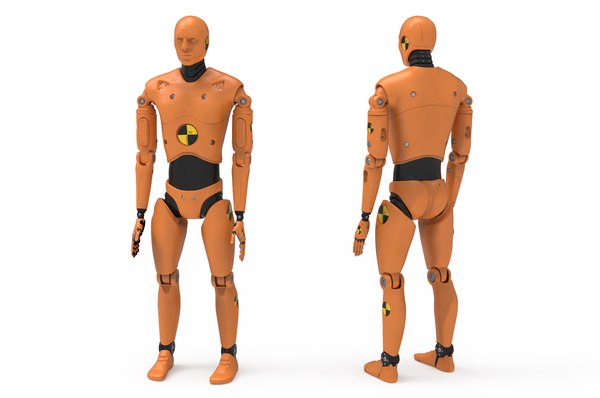
In the dynamic world of 3D gaming, sound design plays a pivotal role in enhancing user immersion and gameplay experience.
This article will delve into the intricate process of sound recording, tools and techniques for effective sound design, synchronization with animation, and the integral role of music and voice acting.
It will also explore the balance of sound effects and future trends, providing a comprehensive overview of the essential elements of sound design in 3D games.
Understanding the Role of Sound in 3D Games
How does sound contribute to the immersive experience and gameplay mechanics in 3D video games?
The answer lies in the intertwined disciplines of sound psychology and gaming acoustics. Sound, especially in 3D gaming, is not merely an auditory experience, but a vehicle for conveying narrative, emotion, and providing gameplay cues.
The science of sound psychology helps create a compelling, immersive environment that taps into a player's emotional responses.
Gaming acoustics, on the other hand, are crucial to establishing the spatial realism necessary for 3D environments. Precisely engineered environmental sounds can provide players with situational awareness, helping them navigate complex 3D spaces.
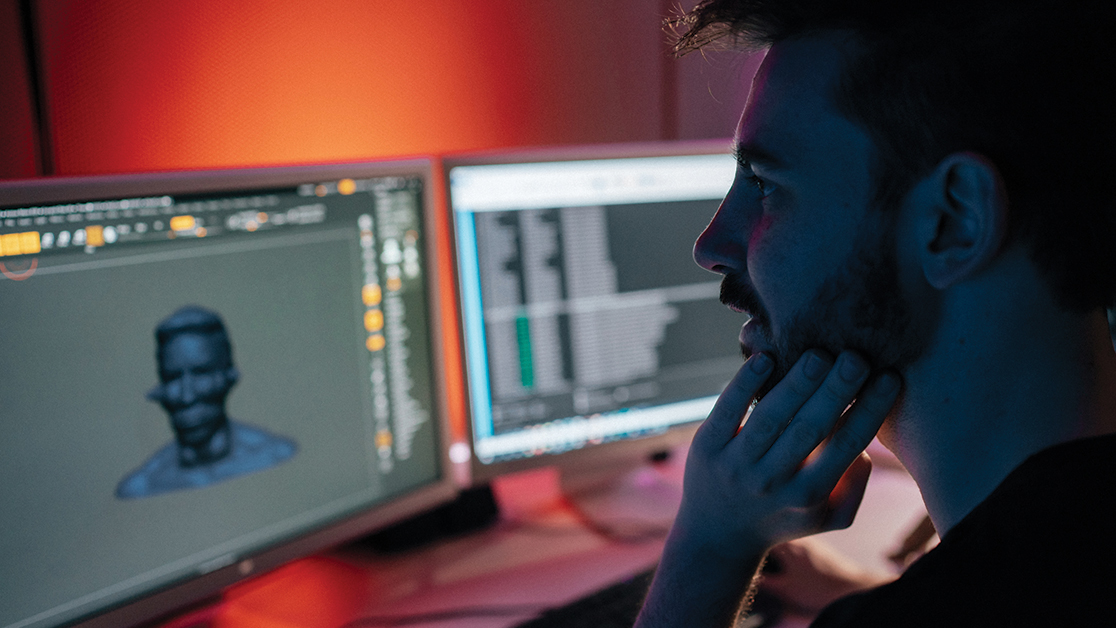
In essence, sound in 3D games is a multi-faceted tool, enhancing player engagement and immersion while facilitating gameplay mechanics.
The Process of Sound Recording for 3D Games
Delving into the process of sound recording for 3D games, we commence with the initial phase of sourcing and capturing the variety of sounds that contribute to a game's immersive environment. This involves innovative soundproofing techniques to isolate ambient noise and ensure audio clarity.
The selection of the microphone is also critical; a unidirectional microphone, for instance, can capture specific sound sources while minimizing unwanted noise. Field recording can provide authentic real-world sounds, while Foley recording allows for the creation of unique, crafted sounds.
These sounds are then edited and layered to create an acoustic landscape that enhances the player's perception and interaction within the game. This intricate process requires experience, technical expertise, and a deep understanding of sound design.
As we advance through the intricate domain of sound design in gaming, it becomes imperative to comprehend the significant tools that facilitate this process.
The quintessential apparatus in this context extends to Digital Audio Workstations (DAWs), the utilization of sound libraries, virtual instruments, and plugins.
Each of these tools embodies a critical function in the creation, manipulation, and integration of sound within 3D gaming environments, forming the backbone of audio-visual synchronization.

Digital Audio Workstations
Undeniably, Digital Audio Workstations (DAWs) are pivotal tools in the realm of sound design for gaming, offering myriad functionalities to create, edit, and synchronize audio content.
These software environments are capable of intricate sound manipulation and sophisticated audio synthesis, enabling designers to sculpt immersive sonic landscapes. DAWs are a testament to the innovation that drives the gaming industry, marrying technology and creativity.
DAW functionalities that are crucial for game sound design include:
Audio recording and editing:
High-quality recording options
Precision editing tools
Sound design components:
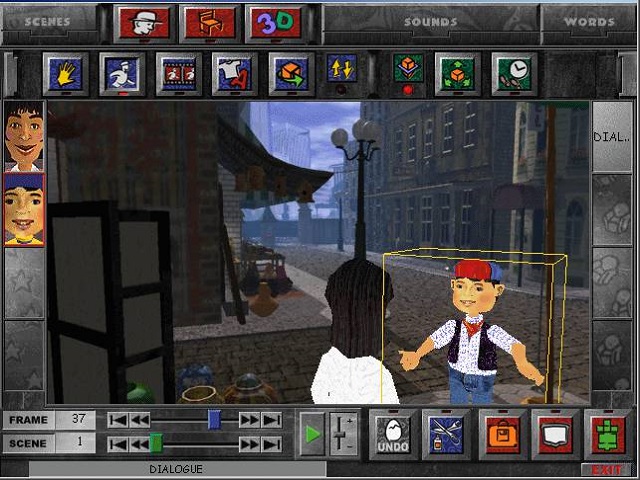
Advanced audio synthesis techniques
Sound manipulation capabilities
Synchronization features:
Seamless integration with game engines
Real-time syncing of sound and visuals
These features empower designers to tailor unique auditory experiences, elevating the overall quality of 3D gaming.
Sound Libraries Usage
Remarkably, sound libraries are not only a valuable asset for game sound designers, but they are also an essential tool that empowers creative exploration and significantly accelerates the sound design process. These libraries brim with a vast array of sound effects, ready for sound manipulation. They cater to every possible scenario, from the ethereal to the mundane, effectively shaving off hours of Foley Artistry.

By providing a plethora of pre-recorded sounds, they allow designers to focus on the intricate task of syncing sound with animation. Furthermore, libraries are continually updated with fresh sounds, encouraging innovation and raising the bar for audio aesthetics in 3D gaming.
Hence, the astute use of sound libraries is a cornerstone of contemporary game sound design.
Virtual Instruments and Plugins
Inarguably, virtual instruments and plugins serve as indispensable tools in the realm of sound design for gaming, providing an extensive palette of sonic possibilities to manipulate and enhance the auditory experience. These advanced resources enable designers to generate unique soundscapes, heightening player immersion and enriching gameplay.
Virtual Instruments:
Synthesizers: Capable of creating a wide range of sounds, from atmospheric pads to lively percussions.
Samplers: Allow for realistic replications of traditional instruments, adding authenticity to the game's audio.
Plugins:

Effects Processors: Contribute to dynamic audio manipulation, offering reverb, delay, and distortion options.
Plugin Compatibility: Ensures seamless integration into the game's sound design software, facilitating a smooth workflow.
Embracing these tools promotes innovation, pushing the boundaries of what is achievable in game audio.
Techniques for Creating Immersive Game Sounds
Creating immersive game sounds is a complex process that requires a blend of technical knowledge and artistic creativity.
This discussion will focus on two crucial techniques: sound layering, which involves combining multiple sounds to create depth and texture, and 3D spatial audio, a technology that simulates the real-life positioning of sounds to enhance the player's sense of immersion.
Understanding and mastering these techniques is key for any sound designer aiming to create an engaging and realistic auditory experience in 3D games.
Sound Layering Techniques
Three fundamental techniques for sound layering, which are essential in creating immersive game sounds, will form the center of our discussion in this section. These are:

Sound Foley: This technique involves the reproduction of everyday sound effects that are added in post-production to enhance the gaming experience.
Realistic footstep sounds
Ambient sounds of the environment
Audio Modulation: This is the alteration of the audio signal to change its basic characteristics or parameters.
Pitch modulation for character voices
Volume modulation to emphasize action scenes
Multi-layering: This involves stacking multiple sound layers to create depth and richness.
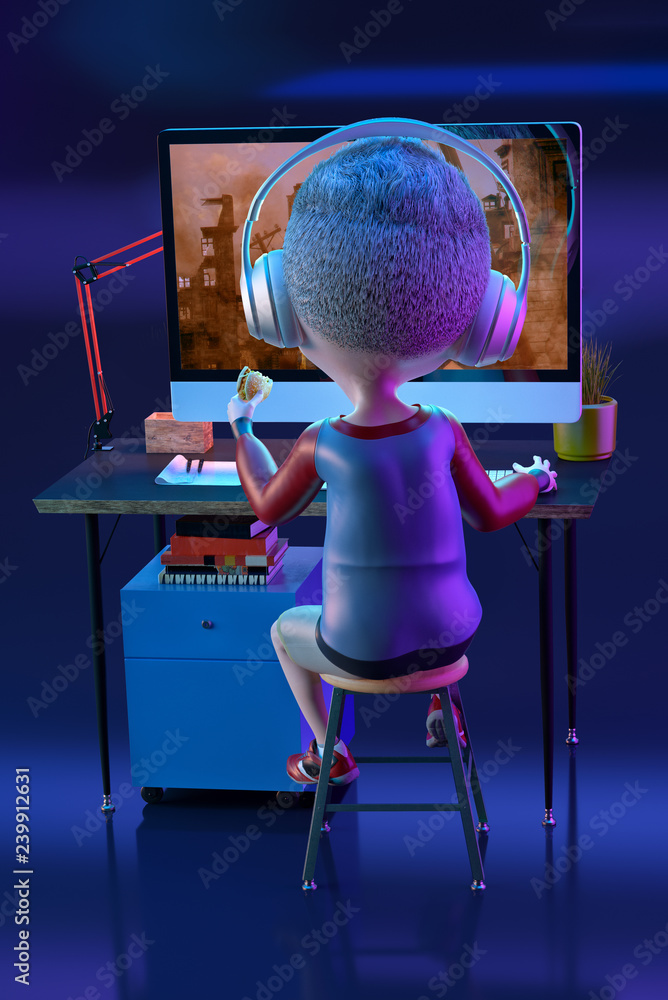
Background music with multiple instrument tracks
Combining Foley sounds with dialogue and sound effects
Each technique is designed with innovation in mind, providing a deeply immersive experience for the player.
3D Spatial Audio
D Spatial Audio, a vital component of 3D game sound design, uses advanced techniques and technology to create an immersive, realistic sound environment for the player. This innovative approach to sound design utilises precise audio positioning, allowing developers to place sounds within the game's 3D environment in a way that mimics the natural world.
For instance, a sound source located to the player's left will indeed sound as if it's coming from the left. The technique of sound propagation is also employed, modelling how sound waves interact with the environment and travel through space. These methods combined create a more immersive and realistic gaming experience, as the player can accurately perceive the direction and distance of sounds, enhancing the overall sensory experience.
The Art of Syncing Sound With 3D Animation
The meticulous process of syncing sound with 3D animation is an art form in itself, which requires a deep understanding of both the audio and visual aspects of game design. Innovation-driven, it involves Sound Emotion Elicitation and Foley Artistry, both integral to creating immersive gaming experiences.
Sound Emotion Elicitation
Crafting sounds that evoke specific emotional responses from the player, thereby enhancing the immersive quality of the game.
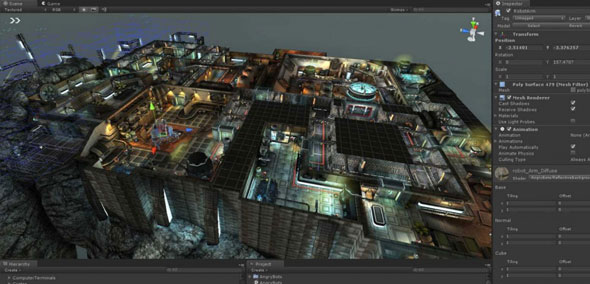
Foley Artistry
Creating bespoke and distinctive sound effects that are meticulously synchronized with the visual elements, enhancing the realism of the game.
The synchronization process necessitates a careful blending of these elements, ensuring that the audio enhances the visuals rather than distracting from them. This artistry brings the game world to life, making it more engaging and profoundly immersive.
Importance of Ambient Sounds in 3D Games
The role of ambient sounds in 3D games goes beyond mere background noise, critically contributing to both the enhancement of gameplay experience and the creation of immersive environments.
These subtle sounds, often overlooked, are instrumental in establishing a sense of place and mood, thereby making the virtual world feel more tangible and engaging.
A thorough understanding of their implementation can significantly augment the overall auditory aesthetics and heighten player immersion.
Enhancing Gameplay Experience
Within the realm of 3D gaming, ambient sounds play a crucial role in enhancing the gameplay experience, operating both as a subtle, continuous soundtrack and as an auditory cue system. By intricately combining Audio Localization with Sound Interactivity, the virtual environment comes alive, immersing the player into the in-game world.
Ambient sounds can be purposed to:
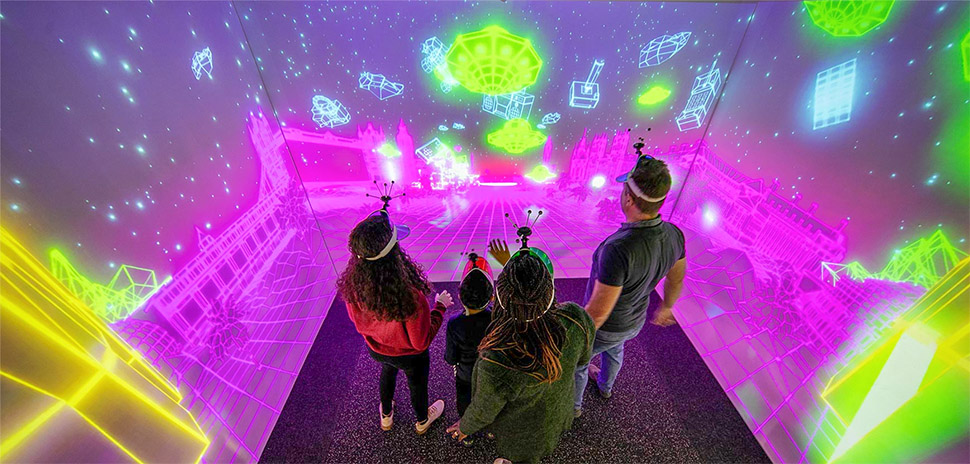
- Create a living, breathing atmosphere, with audio cues indicating the presence of nearby entities or events.
- Augment the intensity of gameplay, with escalating music during high-stakes scenarios.
- Provide spatial information, with the use of Audio Localization enhancing the player's sense of direction and proximity.
Creating Immersive Environments
In order to create immersive environments in 3D games, the strategic use of ambient sounds is a necessity, providing a sense of realism and depth to the virtual world. This requires a comprehensive understanding of audio perception, and the principles of acoustic ecology.
Audio perception involves the complex process of how the brain interprets sounds, and in gaming, this is key to crafting an engaging auditory experience. Acoustic ecology, on the other hand, offers insights into how sounds interact with the environment and each other, crucial in creating believable soundscapes.
Integrating these elements allows game designers to construct environments that engage the player's senses fully, catapulting them into an immersive world that is both innovative and compelling.
Role of Music in Enhancing Gaming Experience
How significantly does music contribute to enhancing the overall gaming experience in 3D games? The role of music is indispensable. It not only sets the tone, but also plays a key role in immersing players, defining characters, and shaping narratives. We will discuss two key aspects: Musical Genres in Gaming and Adaptive Soundtracks.
Musical Genres in Gaming create a unique ambiance based on the game's theme. They include:
- Epic scores for adventure games
- Ambient sounds for mysteries
- Heavy metal for action games
Adaptive Soundtracks dynamically change based on player's actions, decisions, and game's state. They involve:
- Layering techniques for smooth transitions
- Interactive scores
- Dynamic music systems
These elements work together, playing a crucial role in enhancing the overall gaming experience in 3D games.

Voice Acting: Bringing Game Characters to Life
As we delve deeper into the world of sound design in 3D games, we must not overlook the vital role of voice acting, for it truly brings game characters to life. Character voicing techniques involve more than just recording dialogue; they demand an understanding of the character's persona, the narrative context, and the emotional tone.
The voice actor's performance must seamlessly align with the character's visual representation and movements, creating a convincingly immersive experience.
On the other hand, dialogue localization challenges add another layer of complexity. Localizing a game requires a nuanced approach to maintain the narrative's integrity while adapting to diverse linguistic and cultural contexts.
These elements, when handled with expertise, significantly enhance the auditory realism of the 3D gaming universe.
Balancing Sound Effects for Optimal Gameplay
Both the quantity and quality of sound effects play a crucial role in game design, and striking the right balance between them can significantly enhance the player's overall gaming experience. This balance can be achieved through effective use of Audio Equalization and Sound Prioritization.
Audio Equalization
Frequency Adjustment: Fine tuning the frequencies can help maintain a balance between different sound effects.
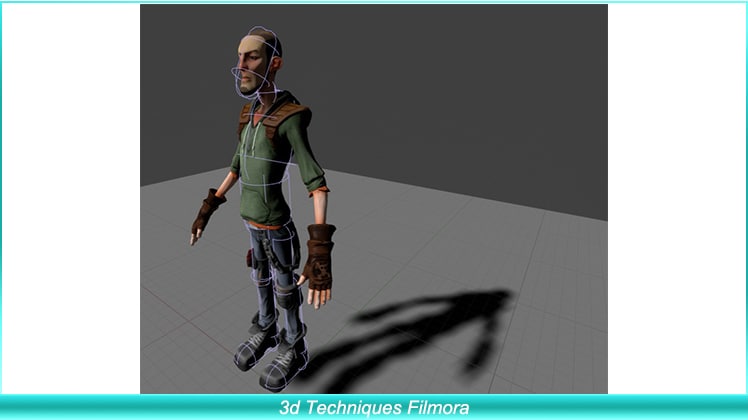
Dynamic Range Control: This ensures that the sounds are neither too loud nor too soft, maintaining an optimal level of audibility.
Sound Prioritization
Foreground and Background Sound Categorization: Prioritizing sounds can help avoid overcrowding and create a well-structured soundscape.
Importance-based Volume Control: This can help emphasize crucial sounds, influencing player decisions and enhancing the gaming experience.
These techniques can ensure a balanced, immersive sound landscape for 3D games.
Future Trends in 3D Game Sound Design
In the ever-evolving field of 3D game sound design, at least two trends have emerged that hold significant promise for the future.
One trend is the increased use of procedural audio. Procedural audio is a technique where sounds are generated in real-time based on game physics and interactions. This allows for more dynamic and immersive experiences, as the audio can respond to the player's actions and the game environment. Procedural audio is revolutionizing the way designers approach sound, as it enables them to create unique and ever-changing soundscapes.
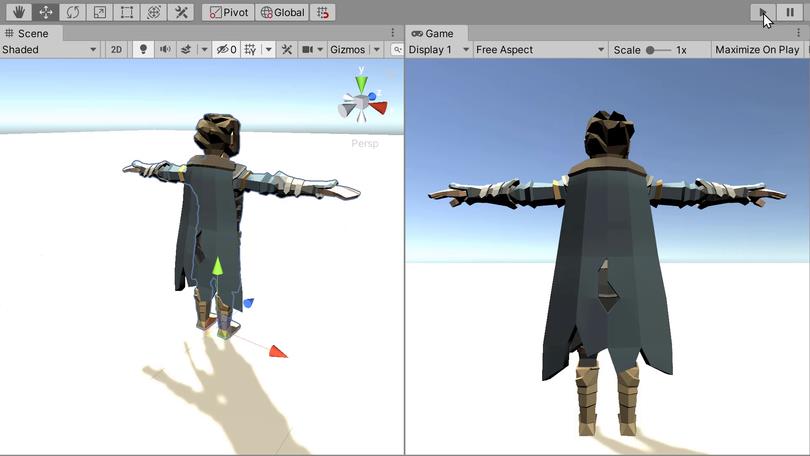
Another trend is the integration of machine learning algorithms. Machine learning algorithms can analyze and interpret various audio data to create adaptable audio environments. This enhances player immersion and engagement, as the game audio can evolve and adapt based on the player's actions and preferences. This integration of machine learning algorithms is pushing the boundaries of what is possible in game sound design.
Furthermore, the impact of VR on sound design cannot be overstated. Virtual Reality demands high-quality positional audio to convincingly replicate real-world spaces. Sound design in VR is crucial for creating a sense of presence and immersion for the player. The advancements in procedural audio and machine learning algorithms are particularly valuable in the context of VR, as they can enhance the realism and believability of the audio experience.
Frequently Asked Questions
What Are the Educational Requirements for a Career in 3D Game Sound Design?
A career in 3D game sound design generally requires a degree in audio engineering, music technology or a related field, with proficiency in sound design software. Basic understanding of audio engineering principles is crucial.
How Has the Evolution of Technology Impacted Sound Design in 3D Games?
Technological advancements in sound design have significantly impacted 3D games, enhancing player experience. High-definition audio, spatial sound, and dynamic sync with animation has been facilitated, creating immersive, realistic, and interactive gaming environments.
How Do Sound Designers Collaborate With Other Game Development Teams?
Sound designers closely collaborate with game development teams, leveraging sound design software. The role of Foley artists is crucial, creating bespoke sounds that enhance gameplay, all meticulously synced with the game's visual elements.
How Much Time Is Typically Spent on Sound Design in the Overall Game Development Process?
The duration spent on sound design varies greatly but is an integral part of the game development process. Depending on the project's complexity, it can consume 10-15% of the total production time, emphasizing sound design budgeting and the importance of Foley.
What Are the Challenges Faced by Sound Designers in Creating Sound Effects for VR Games?
Sound designers face challenges such as VR Acoustics Improvement and Immersive Audio Challenges when creating sound effects for VR games. This includes creating realistic, immersive soundscapes and syncing audio with complex, dynamic visuals.
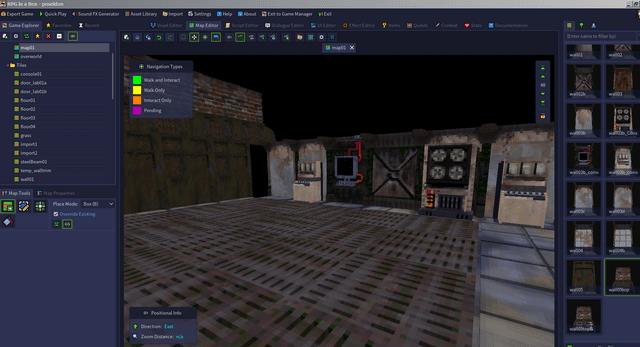
 Digital Art InstructionDIY Infographics DesignMobile Game ArtworkPersonalized Logo Design3D AnimationeBook Covers DesignPrivacy PolicyTerms And Conditions
Digital Art InstructionDIY Infographics DesignMobile Game ArtworkPersonalized Logo Design3D AnimationeBook Covers DesignPrivacy PolicyTerms And Conditions
